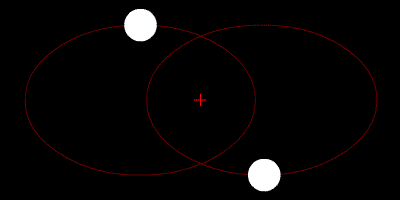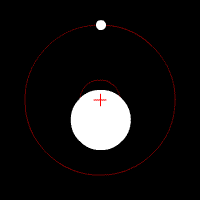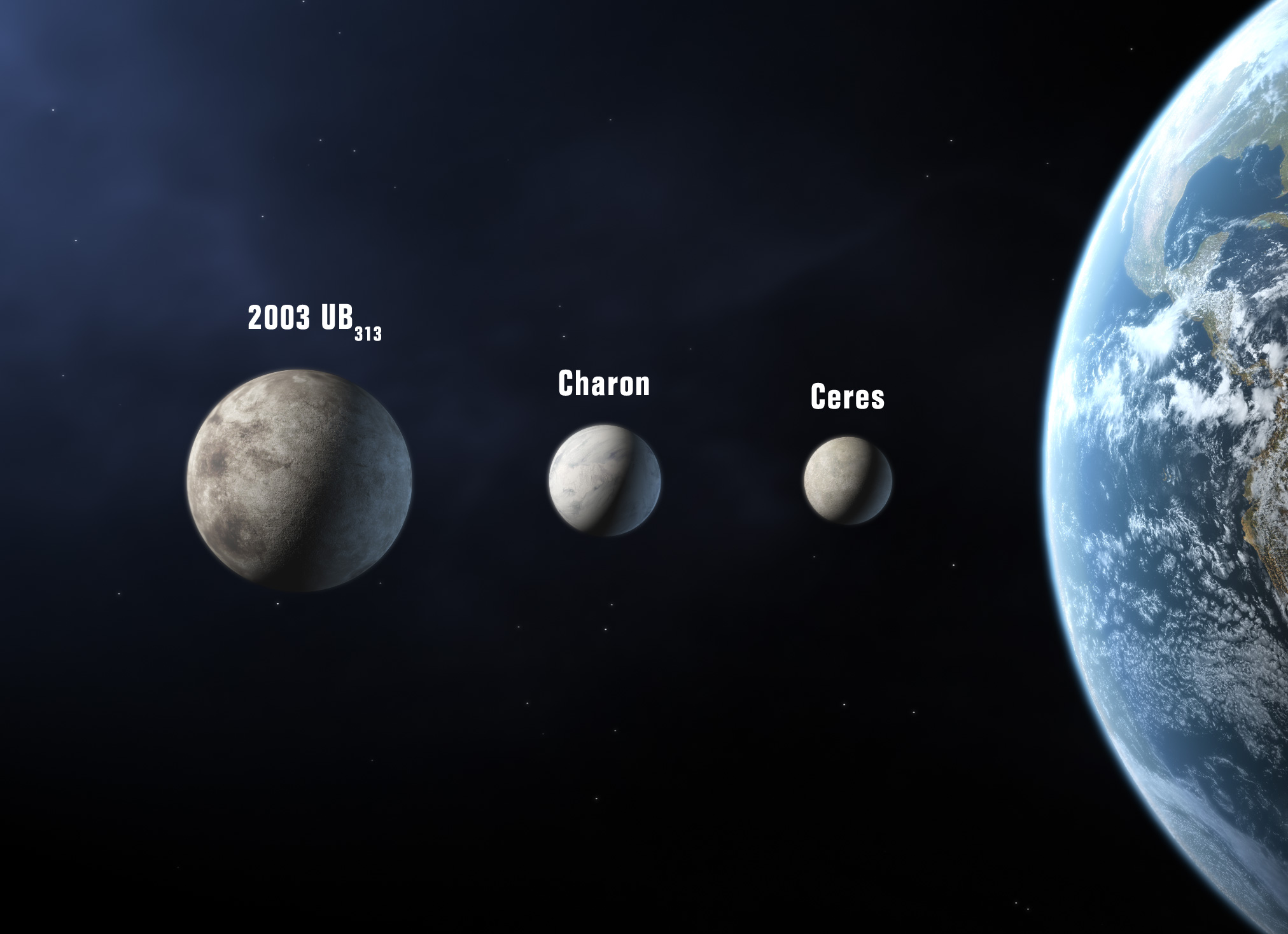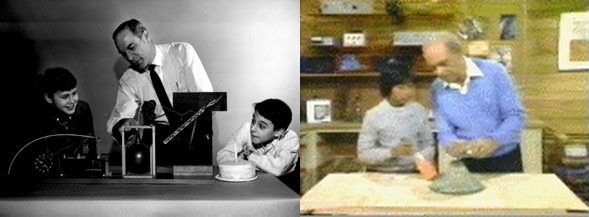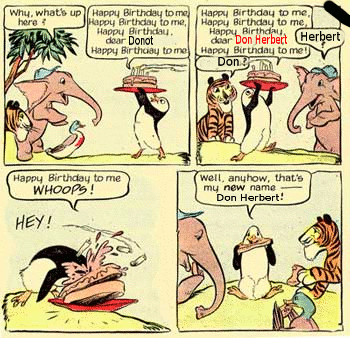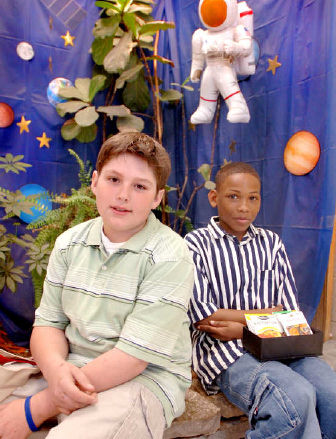 Â Â Â Â
    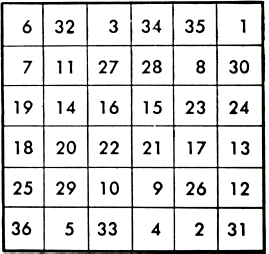    Â
    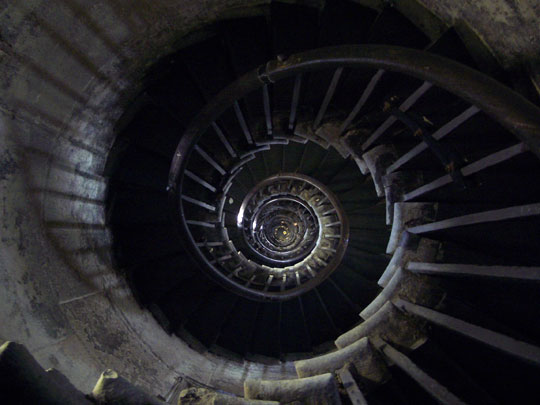
Hexakosioihexekontahexaphobia is the fear that 666 is the number of the Devil. Aside Revelations 13, there are some peculiar theories as to the origin of the number. June 6, 1666 was a good day for that old time blogger, Samuel Pepys, because of English victories at sea over the Dutch. In part he wrote:
Up betimes, and vexed with my people for having a key taken out of the chamber doors and nobody knew where it was, as also with my boy for not being ready as soon as I, though I called him, whereupon I boxed him soundly, and then to my business at the office and on the Victualling Office, and thence by water to St. James’s, whither he [the Duke of York] is now gone, it being a monthly fast-day for the plague. … Mightily pleased with this happy day’s newes, and the more, because confirmed by Sir Daniel Harvy, who was in the whole fight with the Generall, and tells me that there appear but thirty-six in all of the Dutch fleete left at the end of the voyage when they run home. The joy of the City was this night exceeding great.
September 2 that year was a bad day, as the Great Fire of 1666 burned down medieval London.  Pepys wrote:
Spirals of great fire and flame lept forth from every chimney and London was left but a ruin.
The fire smoldered until March of 1667.  On the bright side, the Great Fire did end the previous year’s plague and made way for the great architectural works of Christopher Wren.
Speaking of fire and history, today is the aniversary of D-Day, “The End of the Beginning” of Hitler’s Nazis, in 1944, and the shooting of James Meredith, the first black man to attend the University of Mississippi, in 1966.
 Â Â Â Â
        Â
    


